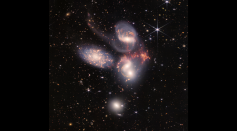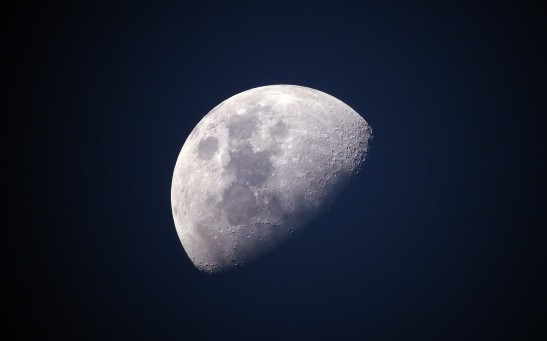National Radio Astronomy Observatory

James Webb Space Telescope Detects Sonic Boom Larger Than Milky Way Resulting From Galactic Invasion
Whale Galaxy's Large Magnetic Fields Observed
VLA Discovers The New Supermassive Black Hole in Cygnus Galaxy
Can Life Form in Another Solar System? Scientists Find Building Blocks for Life Around Million-Year-Old Star
With the Help of ALMA Astronomers Find Complex Organic Molecules in Infant Solar System
Astronomers Adopt a Forming Star, Watching it Grow for 18 Years 4200 Light-Years Away
Most Popular

How Technology Is Changing the Real Estate Industry?

How a Plant-Based Diet Can Protect Against Breast Cancer: Insights from Nutrition Research

Study Reveals High Turnover in Scientific Research Careers: What This Means for Future Scientists

Why It's So Difficult to Lose Weight: The Biological Explanation Behind Obesity






